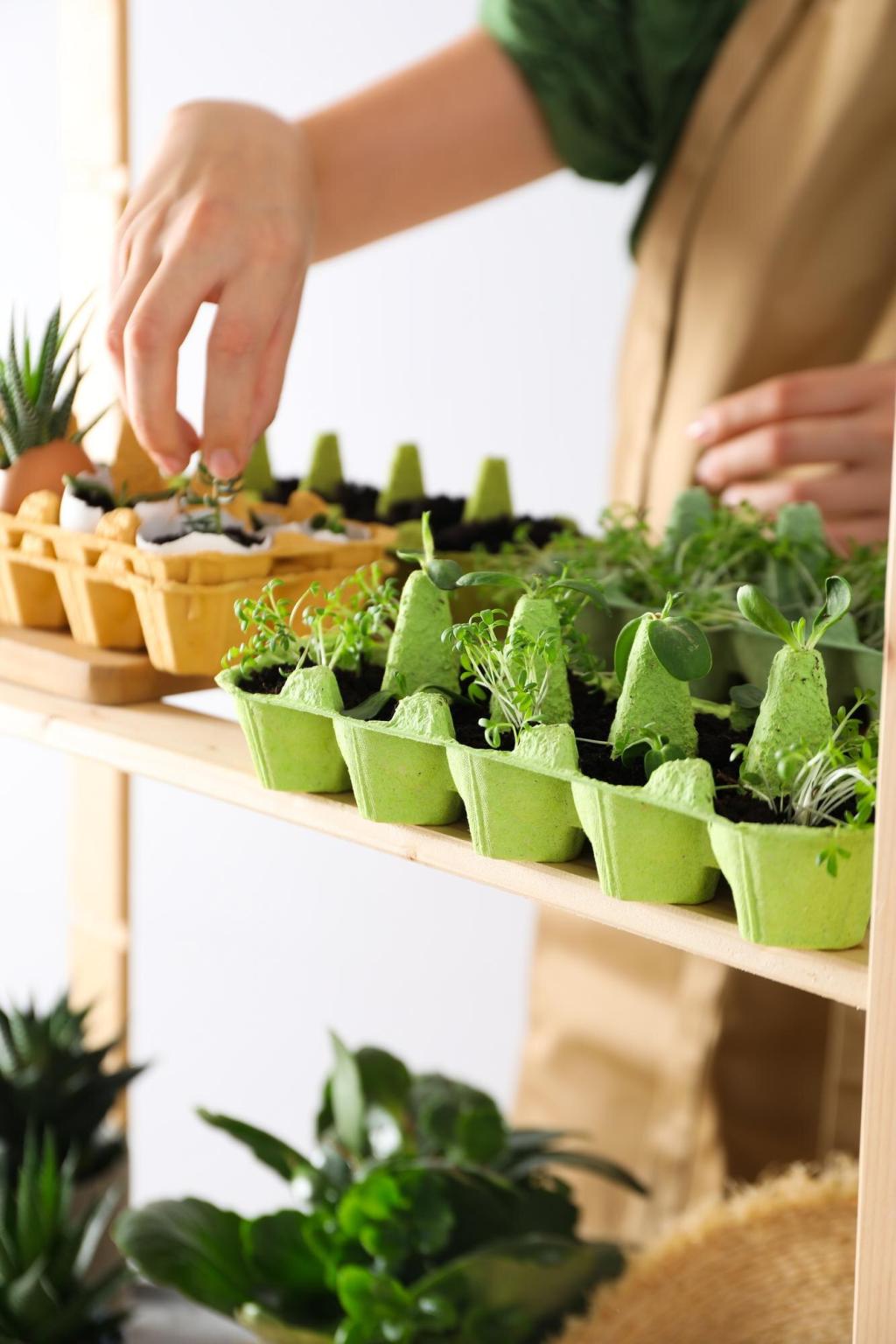Eco-Conscious Planting in Small Spaces
Use trellises, living walls, and modular pockets built from durable, repairable materials. Capture graywater where legal and safe. Post your vertical concept, and subscribe for a lightweight soil mix recipe that balances drainage, fertility, and long-term structure.
Eco-Conscious Planting in Small Spaces
Combine a small shrub, understory herb, and living mulch in one large pot to shade soil and share resources. Include flowers for pollinators. Share your favorite trio, and join our newsletter for tested, container-friendly guild recipes by sunlight and climate zone.
Eco-Conscious Planting in Small Spaces
Rooftops run hot, dry, and windy. Use windbreak screens, reflective mulch alternatives, and drought-proof natives in deep containers. Tell us your roof orientation, and subscribe for a step-by-step rooftop planting plan with safe weight guidelines and seasonal care tips.









